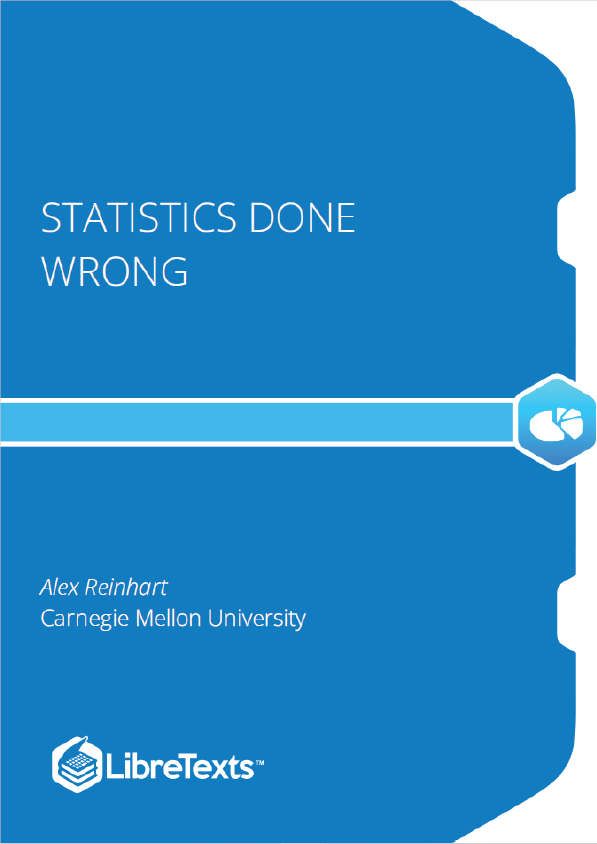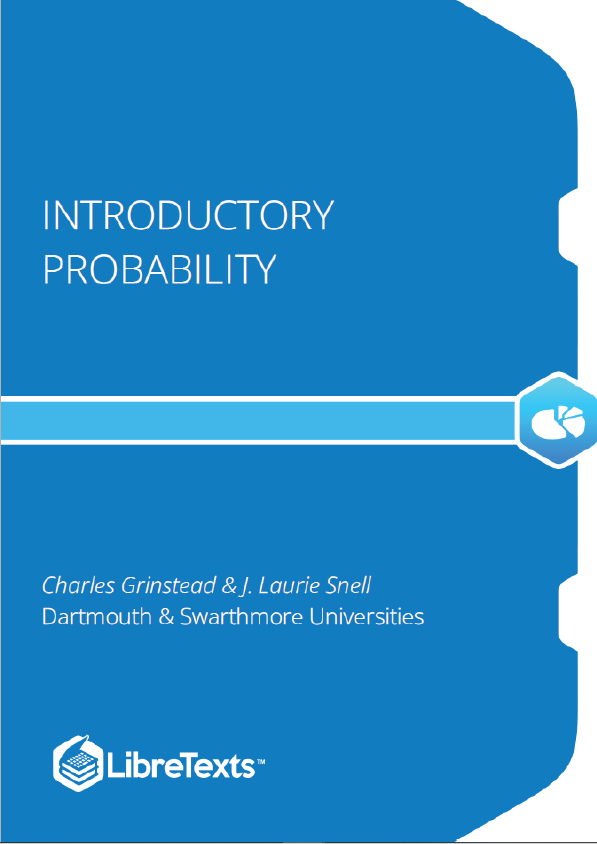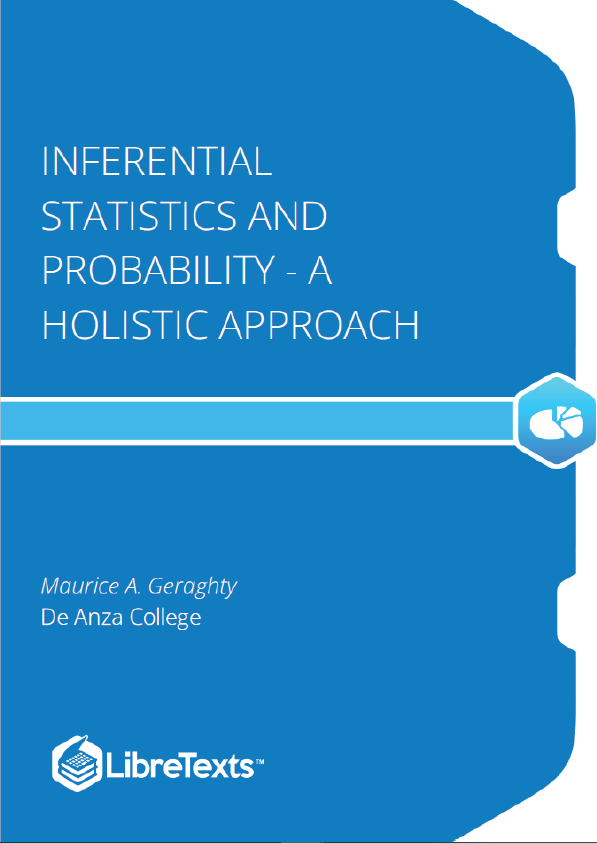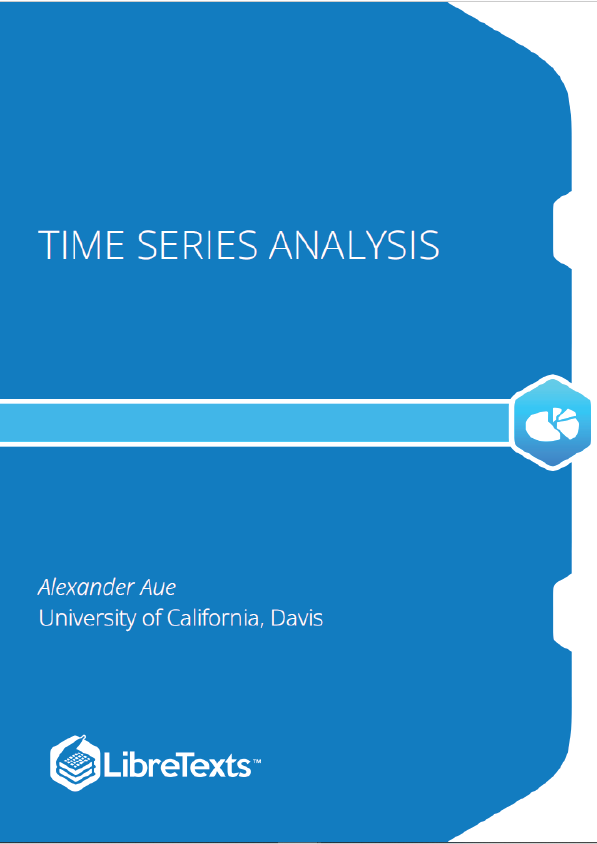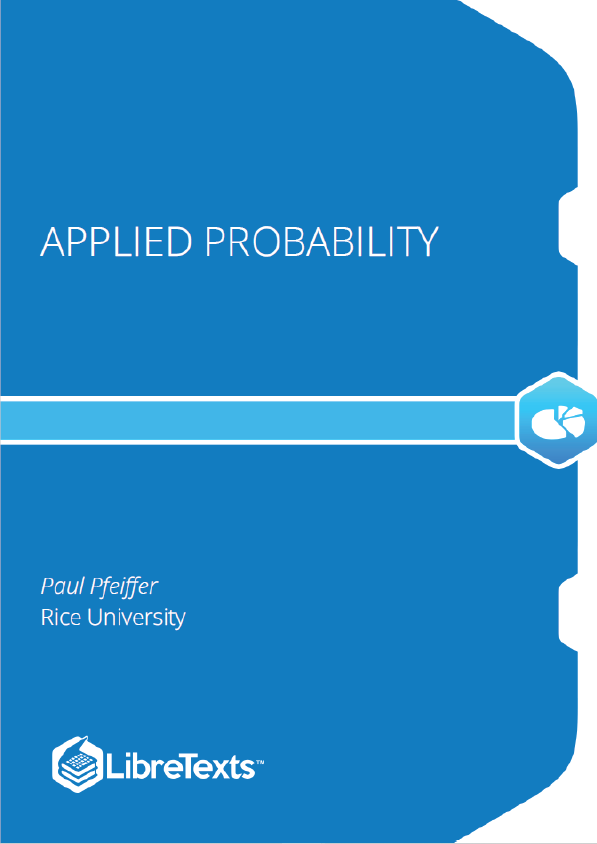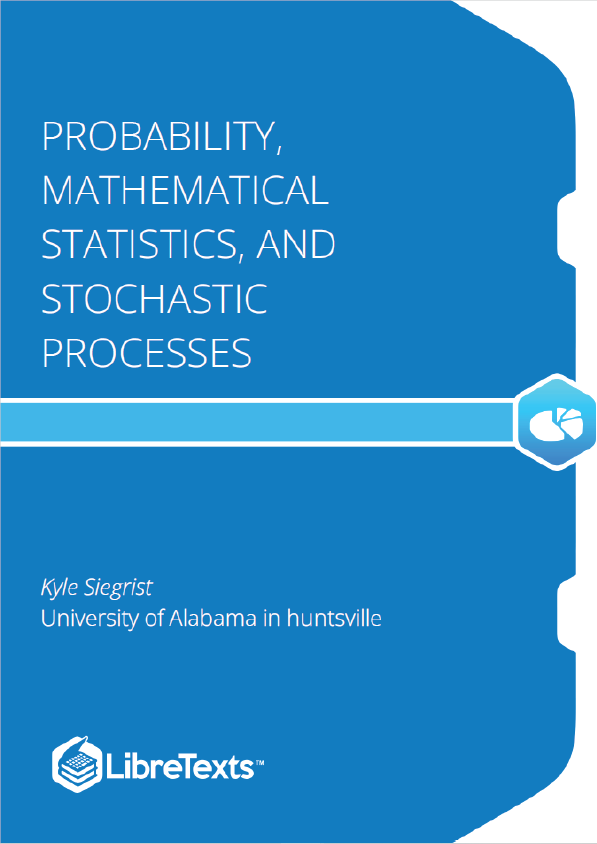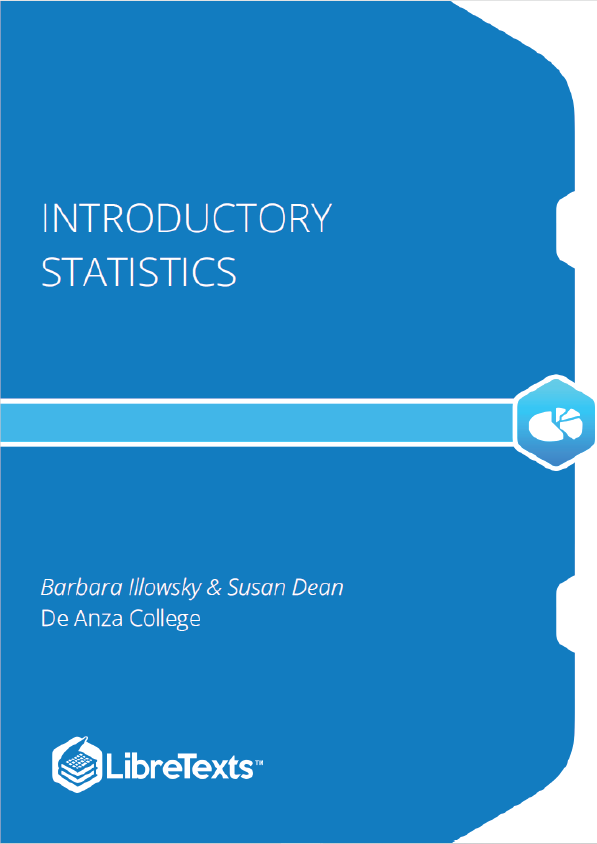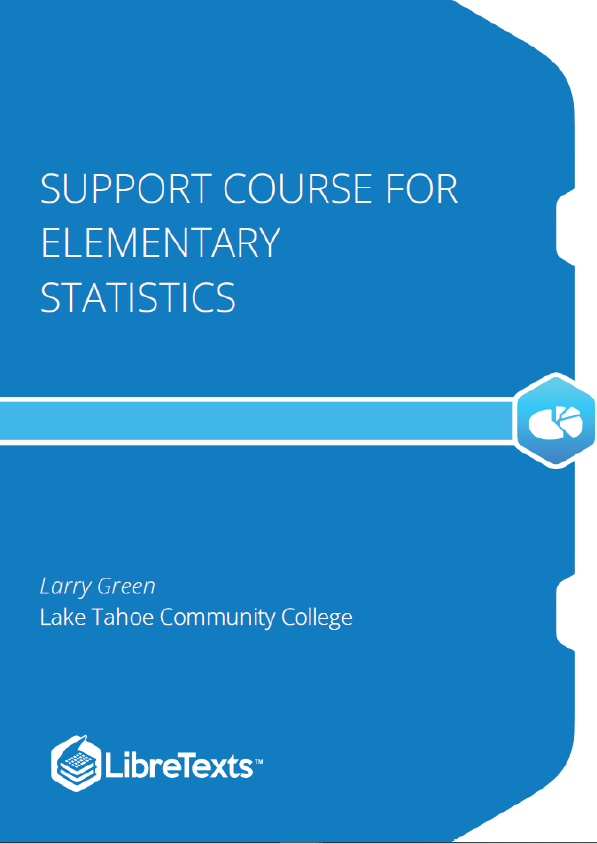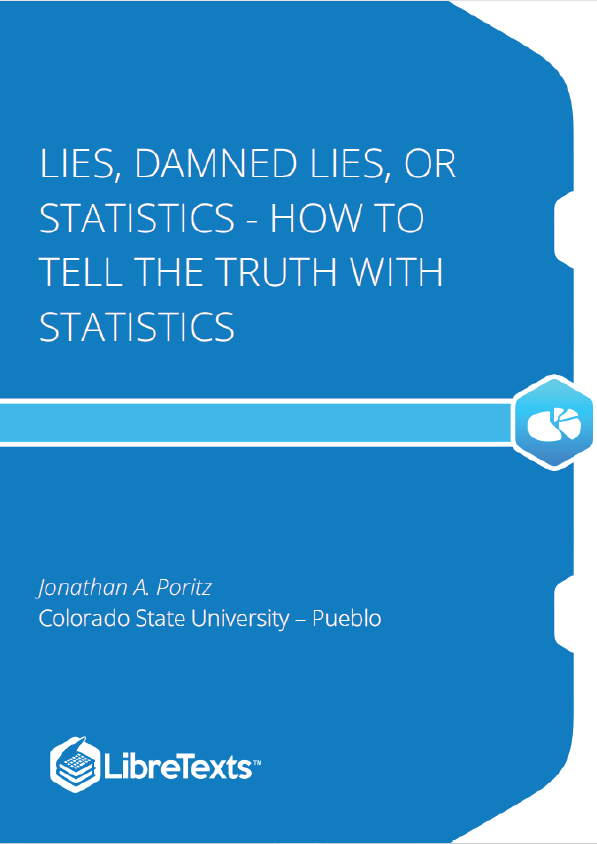Statistics Done Wrong is a guide to the most popular statistical errors and slip-ups committed by scientists every day, in the lab and in peer-reviewed journals. Many of the errors are prevalent in vast swaths of the published literature, casting doubt on the findings of thousands of papers. Statistics Done Wrong assumes no prior knowledge of statistics, so you can read it before your first statistics course or after thirty years of scientific practice.
In the final chapter of his famous book How to Lie with Statistics, Darrell Huff tells us that “anything smacking of the medical profession” or published by scientific laboratories and universities is worthy of our trust – not unconditional trust, but certainly more trust than we’d afford the media or shifty politicians. After all, Huff filled an entire book with the misleading statistical trickery used in politics and the media, but few people complain about statistics done by trained professional scientists. Scientists seek understanding, not ammunition to use against political opponents.
Statistical data analysis is fundamental to science. Open a random page in your favorite medical journal and you’ll be deluged with statistics: tests, values, proportional hazards models, risk ratios, logistic regressions, least-squares fits, and confidence intervals. Statisticians have provided scientists with tools of enormous power to find order and meaning in the most complex of datasets, and scientists have embraced them with glee.
They have not, however, embraced statistics education, and many undergraduate programs in the sciences require no statistical training whatsoever.
Since the 1980s, researchers have described numerous statistical fallacies and misconceptions in the popular peer-reviewed scientific literature, and have found that many scientific papers – perhaps more than half – fall prey to these errors. Inadequate statistical power renders many studies incapable of finding what they’re looking for; multiple comparisons and misinterpreted values cause numerous false positives; flexible data analysis makes it easy to find a correlation where none exists. The problem isn’t fraud but poor statistical education – poor enough that some scientists conclude that most published research findings are probably false.
What follows is a list of the more egregious statistical fallacies regularly committed in the name of science. It assumes no knowledge of statistical methods, since many scientists receive no formal statistical training. And be warned: once you learn the fallacies, you will see them everywhere. Don’t be alarmed. This isn’t an excuse to reject all modern science and return to bloodletting and leeches – it’s a call to improve the science we rely on.
